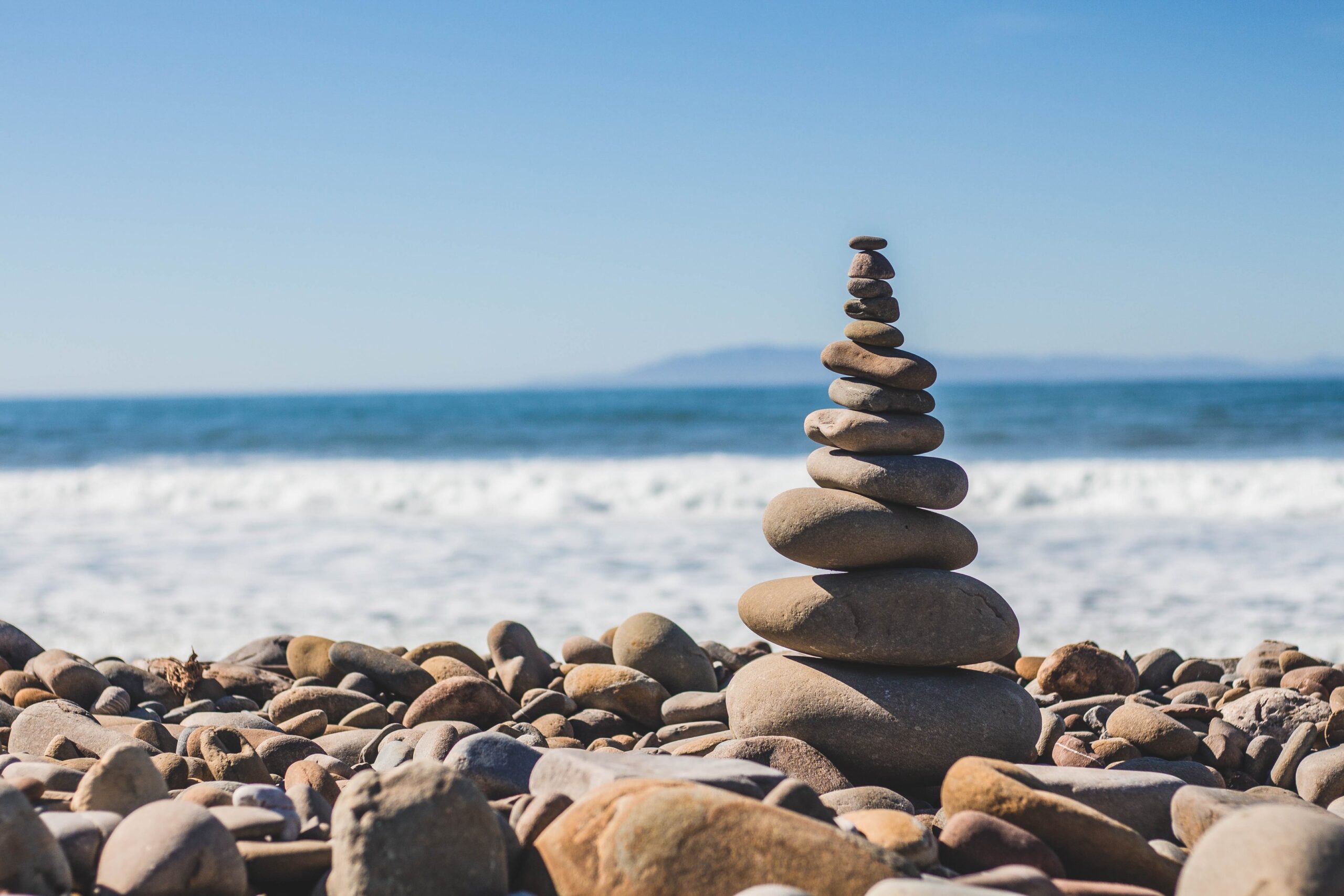How to improve your work-life balance?

What does work-life balance mean?
Activities that (1) have beneficial consequences to your mental and physical well-being, (2) boost self-care habits, (3) foster supportive relationships contribute to a sense of having a work-life balance. But what does it mean? One acknowledged definition suggests that work-life balance is achieved when a person has enough time, energy, and commitment to take part in home-life or family-life activities, say, researchers of organizational behavior, Kalliath & Brough. So three components or resources, time + energy + commitment, are needed for work-life balance.
A highlight is that two of these three resources – time and energy – are finite. So, if you work overtime, even for an hour, you will have one fewer hour and less energy available for your personal life. To make up for the difference, you will have to sacrifice time from elsewhere – perhaps you will be unable to exercise, will be forced to cancel a meet with a friend or a date, or will sleep less. Recognizing the time and energy finiteness helps to make the first steps in prioritizing work-life balance.
Psychological detachment from work refers to a state in which people mentally disconnect from job-related issues when being away from work, says psychologist Sonnentag. Psychological detachment from work improves relationships outside of the workplace and helps navigate and reduce conflict between work demands and family life.
The ability to detach oneself from work mentally assists in recovery from work-related stress, helps to prevent burnout and emotional exhaustion, improves mental well-being and overall life satisfaction, and improves job satisfaction and achievement of goals.
At the organizational level, a proper work-life balance reduces employee turnover, improves performance, and lowers the prevalence of lateness and absenteeism, according to researchers Rao & Indla.
Tips and strategies for cultivating work-life balance:
🌱 Actively try and disengage from work every day. After work hours, log off and be mindful of not engaging in any more work-related tasks, e. g. reading e-mails, and texts, answering phone calls about work, etc.
🌱Similarly, avoid connecting your business e-mail and phone number to wearables that display incoming messages. That will keep you from digging into work-related information after hours.
🌱 Keep your boundaries in clear communication with your colleagues and managers that you are unavailable after work hours. If you feel anxious about it, you can find other ways to express it, e .g. adding a line at the bottom of your e-mail stating that a response can be expected during regular working hours.
🌱 Engage in low-resource activities, e. g. listening to music while just lying on the couch and resting.
🌱 Schedule time in your calendar for enjoyable activities, like social interactions, favorable events, exercising, etc. If the activity is planned for, then this can help you follow your efforts to balance work and other parts of your life.
According to positive psychology researcher Elaine Houston, it is also essential to recognize that:
Work-life balance does not mean an equal balance of time spent on each area. Work-life balance is not defined by hours but by outcomes. Moreover, psychological detachment is about mentally switching off from work-related issues during off-time; it is not about caring less when at work, which may also be problematic.
There are no perfect, one-size-fits-all solutions. Work-life balance choices are different for each of us because we all have different priorities and lives. Want to learn more about fostering a work-life balance that contributes to your well-being? Reach out to our team to get a free consultation now.
Want to learn more about fostering a work-life balance that contributes to your well-being? Reach out to our team and get a free consultation now.
